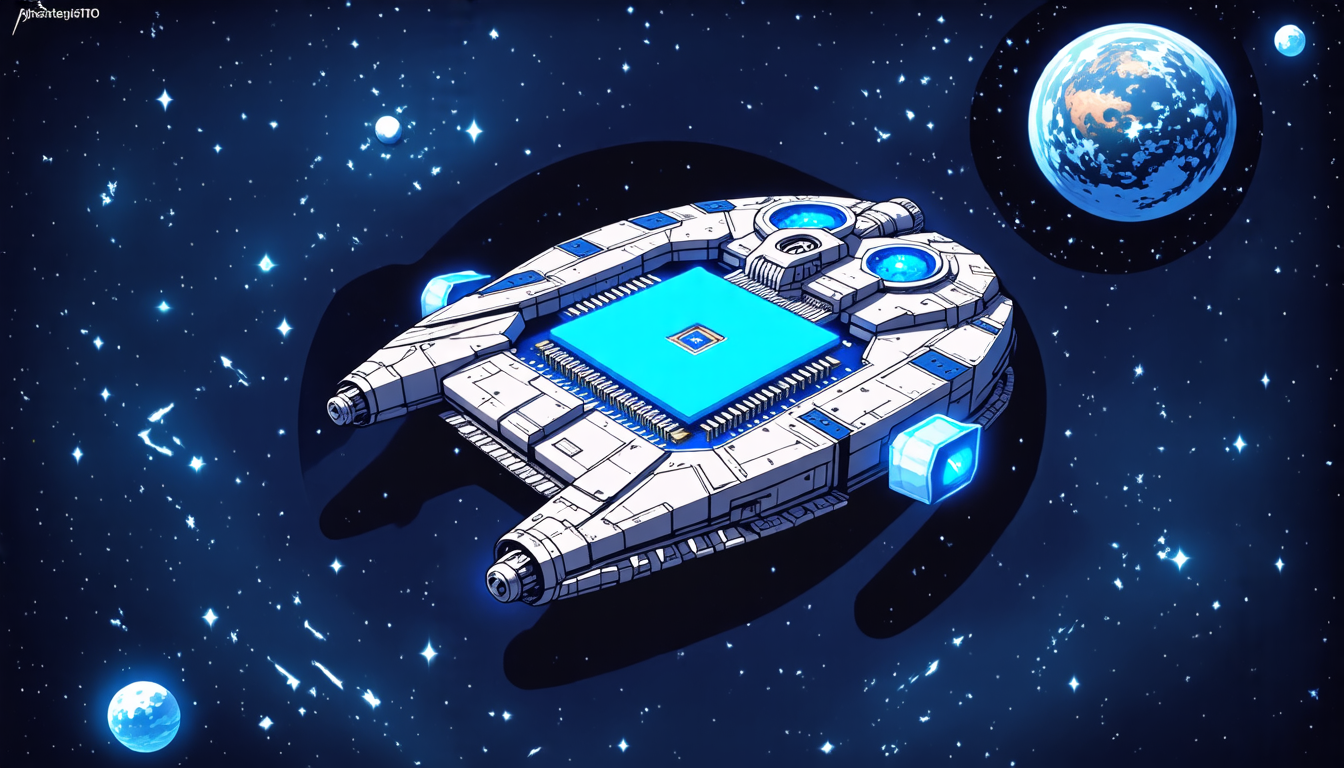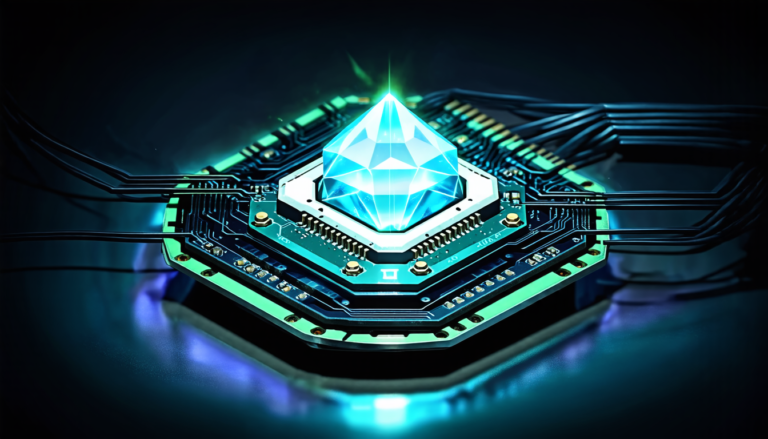Saturday 03 May 2025
A team of researchers has made a significant breakthrough in the development of non-volatile memory technologies, pushing the boundaries of what is thought possible for these devices.
Non-volatile memory, which allows data to be stored even when power is turned off, is a crucial component of modern electronics. However, current technologies have limitations, particularly at extreme temperatures. Ferroelectric materials, which can exhibit both ferromagnetic and dielectric properties, have shown promise in addressing these issues, but their performance has been limited by their high operating temperatures.
The researchers, led by Jiuren Zhou from Xidian University, have developed a new type of ferroelectric material that can operate at cryogenic temperatures, down to 4 Kelvin (-269°C). This is a significant achievement, as current non-volatile memory technologies typically cease functioning at around -200°C.
The team used a combination of advanced fabrication techniques and materials science to create the new material, which is based on a wurtzite structure. Wurtzite materials have been shown to exhibit unique properties, including high dielectric constants and low leakage currents, making them attractive for memory applications.
The researchers tested their material using a range of techniques, including electric field measurements and scanning electron microscopy. They found that the material exhibited robust ferroelectric behavior at cryogenic temperatures, with a coercive field (the electric field required to switch the material’s polarization) of 1.8 times the breakdown field (the maximum electric field the material can withstand).
The team also investigated the material’s fatigue properties, which are critical for non-volatile memory applications. They found that the material exhibited competitive endurance characteristics, withstanding over 2 million cycles without significant degradation.
These results have significant implications for the development of next-generation non-volatile memory technologies. The ability to operate at extreme temperatures could enable new applications in fields such as aerospace and deep-space exploration, where traditional memory technologies are often unreliable or difficult to use.
The researchers’ findings also highlight the potential of wurtzite materials for future memory devices. Further research is needed to fully understand the properties of these materials and to develop scalable fabrication techniques, but this breakthrough could be a significant step forward in the development of more robust and reliable non-volatile memory technologies.
In addition to its potential applications in memory technology, this research also has implications for our understanding of the fundamental physics of ferroelectric materials.
Cite this article: “Breakthrough in Ferroelectric Memory Technology Enables Operation at Cryogenic Temperatures”, The Science Archive, 2025.
Non-Volatile Memory, Ferroelectric Materials, Cryogenic Temperatures, Wurtzite Structure, Dielectric Properties, Low Leakage Currents, Memory Applications, Fatigue Properties, Endurance Characteristics, Next-Generation Technology.







